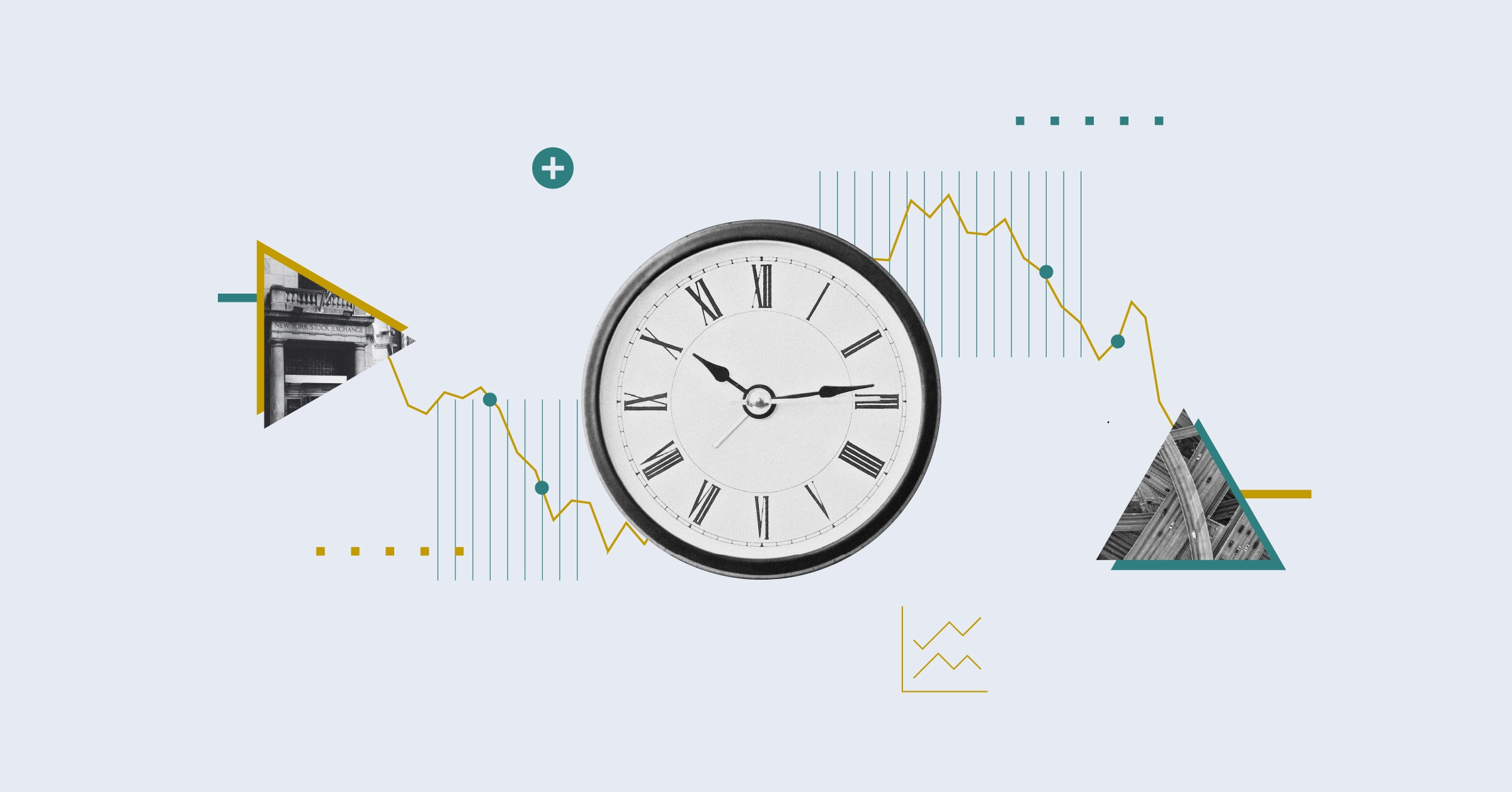This article is part of Morningstar's "Perspectives" series, written by third-party contributors.

Setting an aggressive inflation target may have been appropriate when Japan was mired in a deflationary period, but it is time for Bank of Japan governor Haruhiko Kuroda to change tack.
The governor should heed a maxim of Albert Einstein’s: “insanity is repeating the same action in the expectation of a different outcome”. Despite five years of unprecedented monetary stimulus, Kuroda’s dream of reaching a now near-mythical 2% inflation target has persistently eluded him.
The question is, why remain so devoted to 2%? Unnerved by inflation spikes during the 1970s and early 1980s, advanced economy central banks came to view targets as a bedrock for effective monetary policy. However, Japan is not most advanced economies; it has acute demographic concerns and a long history of deflation.
Appearing recently in front of the lower house, Kuroda said the Bank will discuss an exit policy from its current aggressive monetary easing in 2019 if the inflation target is reached. But the stars of Japan’s economic future are already aligning and Kuroda must realise excessive unconventional monetary policy may leave Japan will little room to react to future global market volatility. Moreover, ultra-easy monetarism threatens the health of Japan’s financial institutions and the nation’s future solvency.
Kuroda has a decreased arsenal of monetary policy options, the expected impact of the consumption tax hike in October 2019 could weigh on growth. Meanwhile, the likely end of the Fed’s tightening cycle by 2020 will exacerbate the rate differential between the Fed and Bank of Japan.
Kuroda has no choice but to change monetary policy before this eventuality. Moreover, he will have to announce a rate hike at least two quarters ahead of time to prepare investors as he has been so adamant about the 2% target.
The Bank could choose to engage in ‘stealth tapering’, but markets would easily catch on, as monthly budgets, and 5-10 year government bond yields, would dip and the yield curve would accordingly rise.
Stronger Yen Creates Attractive Entry Point
Even if the Bank of Japan is in denial, Forex says otherwise. The strengthening of the yen in early 2018 to 110 against the US dollar means the market is already buying the rumour of a potential rate rise.
The yen will strengthen further against the dollar as Abe’s administration aims for at least one-fifth of Japan’s energy consumption to come from nuclear power by 2030. This will translate into a larger current account surplus – heading towards 5-6% GDP – as Japan imports less and less energy.
The currency’s appreciation will not impact trade volumes and export-driven business activity, but it will impact exporter earnings – as their yen-denominated sales will be lower – and overseas subsidiaries’ earnings – due to translation effect. As a result, consensus expects low single digit EPS growth in 2018 and an undemanding P/E of 14x.
The well-known negative correlation between the yen and the Japanese stock market has thus come back in play, with the Topix falling as a result of the yen’s rise. While this will have hurt the foreign tourist investors who were playing the Japanese earnings momentum before the recent sell-off, the reset presents a compelling entry point for long-term investors.
Reasons to be Optimistic
Beyond the perplexing concerns facing the BoJ, there are good reasons to be optimistic about the economy. Despite a temporary blip in GDP figures due to bad weather and inventory destocking, this comes after nine consecutive quarters of growth – Japan’s longest streak of economic expansion since 1989. Meanwhile, corporate confidence remains close to the 20-year high.
Japan’s total workforce also grew by 0.6% per year over the past five years, compared to its 0.2% decline per year during the ‘lost decade’. Although white-collar jobs are not expanding, the low-value-added job market is tight, with wages for non-regular workers growing at 2-3% per year.
Rise of the Robots
The headline story of the Japanese market since the financial crisis has been the electrifying 235% rise of mid-caps, outpacing large and mega-caps which returned 172% and 126% respectively. Indeed, hidden Japanese mid-caps are no longer an attractive niche for investors, which have continued to outstrip large value stocks.
Growth stocks are now at a premium with investors easily paying upwards of 20x PE, while unloved value stocks can be picked up at single digit PEs. At the heart of this growth frenzy lie AI-related stocks, which have been hoovered up by robotic and artificial intelligence-related ETFs. Thus, while the Topix accounts for only 9% of MSCI, these quant funds hold typically over 25% of Japan Inc. due to their strength in such areas. A reversal of those thematics’ popularity could be acute and painful.
Under these market circumstances, trying to time style and market cap rotation is highly risky. It is paramount to have a disciplined investment approach that focuses on companies selling at a discount to their fair value instead of chasing earnings momentum. A balanced portfolio between mid-caps and large/mega caps is also wise, considering the 12-year rally and high valuations of the former.
Morningstar Disclaimer
The views contained herein are those of the author(s) and not necessarily those of Morningstar. If you are interested in Morningstar featuring your content on our website, please email submissions to UKEditorial@morningstar.com.






























